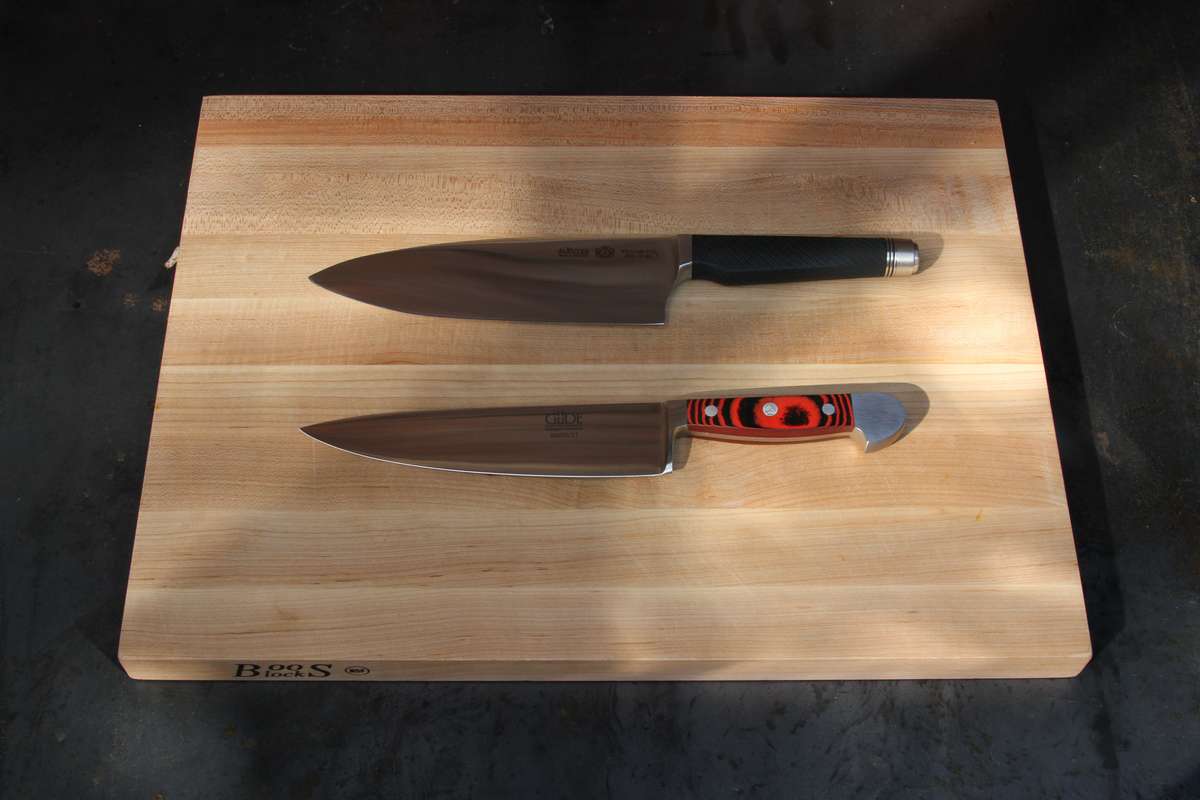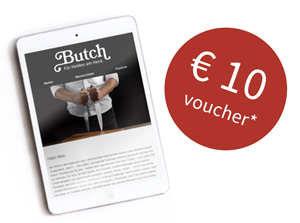Our TOP 5 Kitchen Knives for Your Knife Block
There are countless knife shapes for daily use. It can sometimes be difficult to find the right selection for your home kitchen. Therefore, we present our top 5 knives here, with which you should start.
The most important thing first: With this top 5, we do not want to give the impression that all unmentioned knives are superfluous. Each knife is perfectly tailored to its intended use through its own blade geometry and size. Cutting vegetables, for example, with a Japanese Nakiri is extremely enjoyable. And we cannot and do not want to do without a boning knife. What is always crucial is what you usually cut and for which cutting tasks the knife is needed. Your selection should be oriented towards this. Over time, you will notice whether the knife equipment is complete or needs to be supplemented.
Place 1 – The Chef's Knife
We start with the jack-of-all-trades, the universal genius, the all-rounder, the most important and most used knife.
With the chef's knife, you can accomplish almost 90% of all cutting tasks. Therefore, the chef's knife should be the first knife in your collection. Choose a sturdy chef's knife with a wide blade and a thicker spine, preferably made of chrome-vanadium-molybdenum knife steel. Knives made from this steel are relatively low-maintenance, almost indestructible, and equally sharp and robust. In a pinch, you can even cut through poultry bones or fish bones with it.
A blade length of around 20 cm makes sense so that it can also be used for larger pieces. Chef's knives are also available in shorter (about 16 cm) and longer (about 26 cm) versions. However, the golden mean of 20 - 21 cm is, in our opinion, the best choice.

















